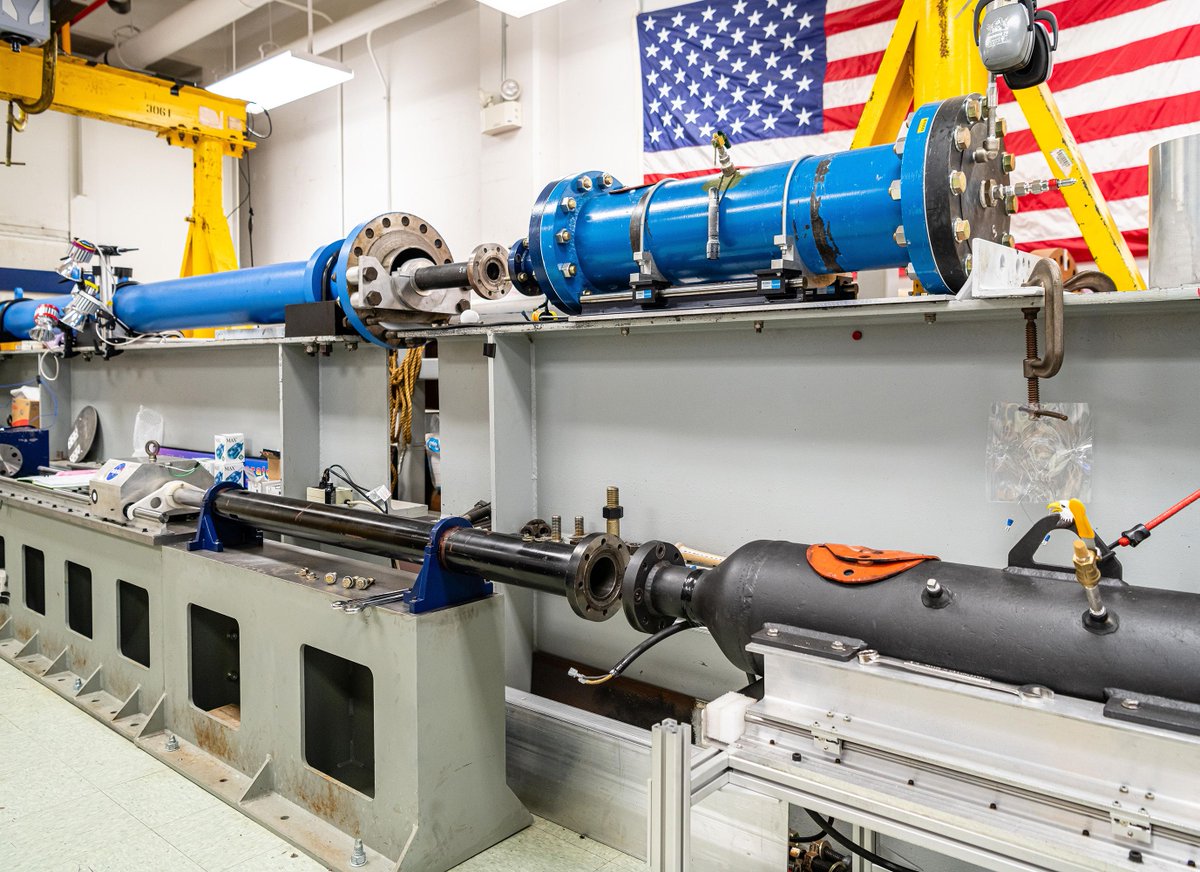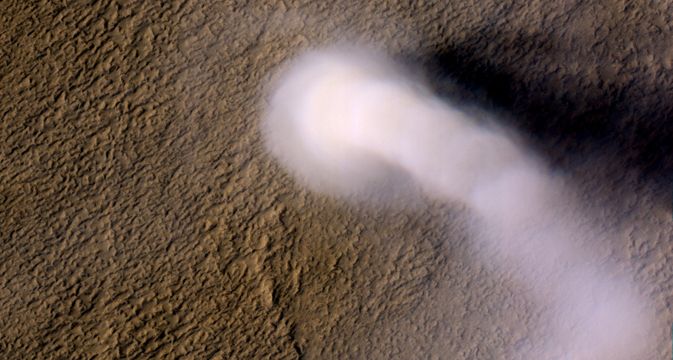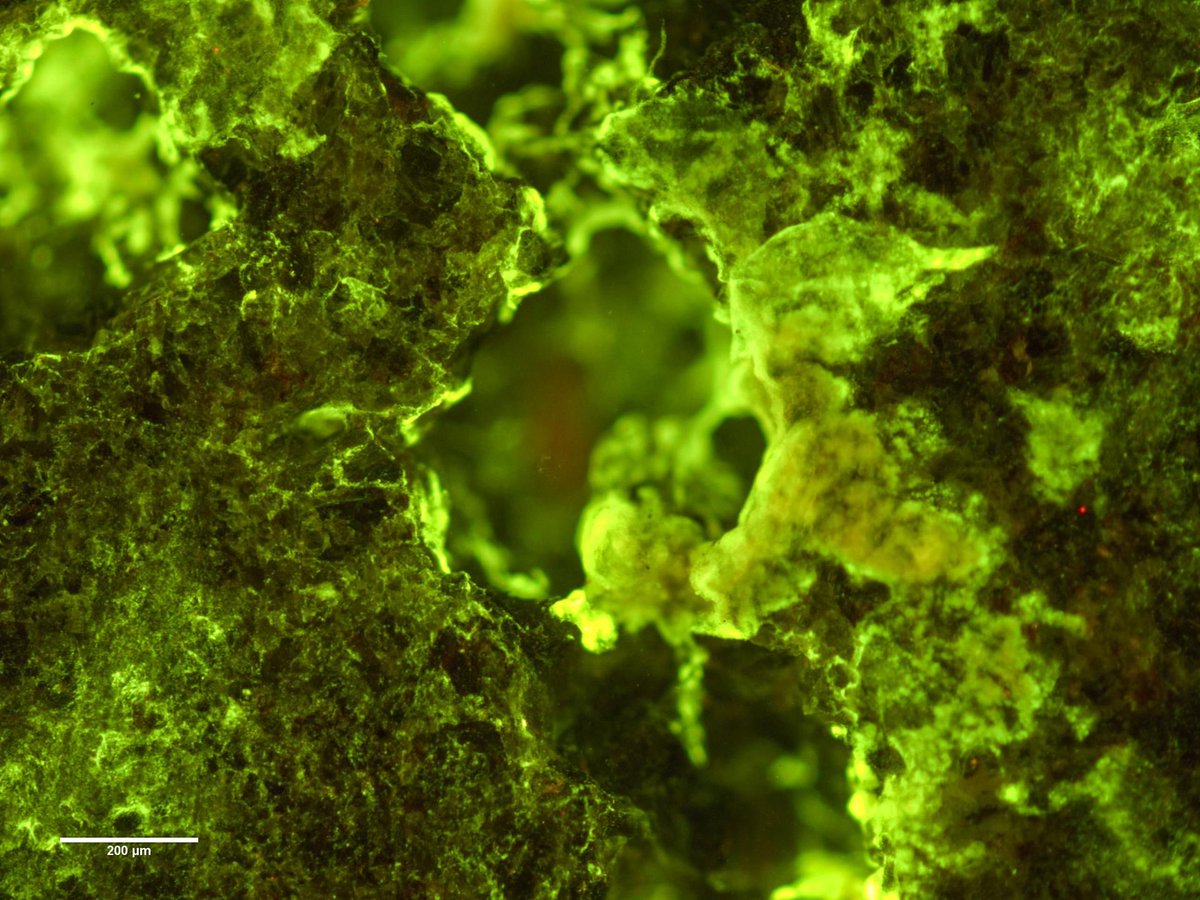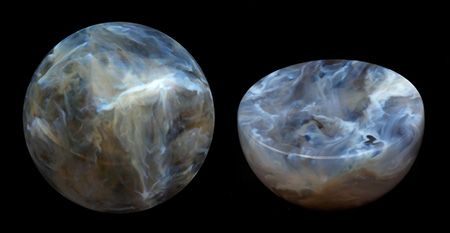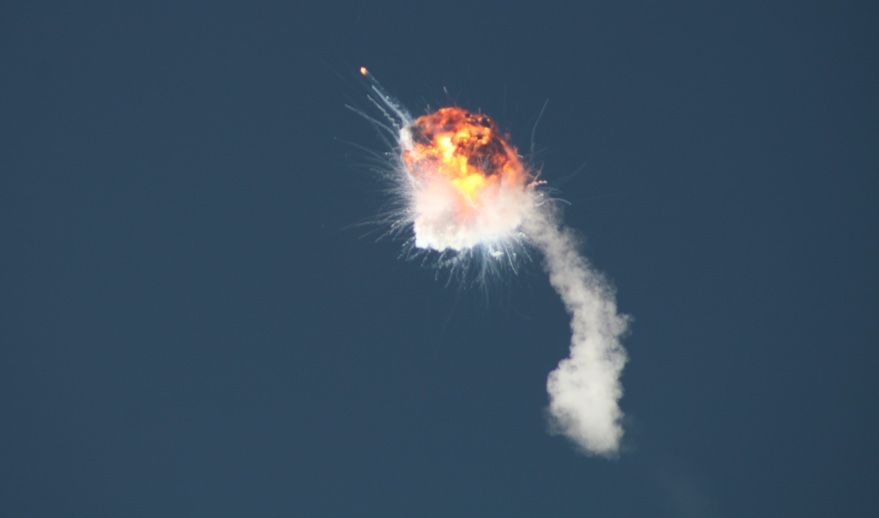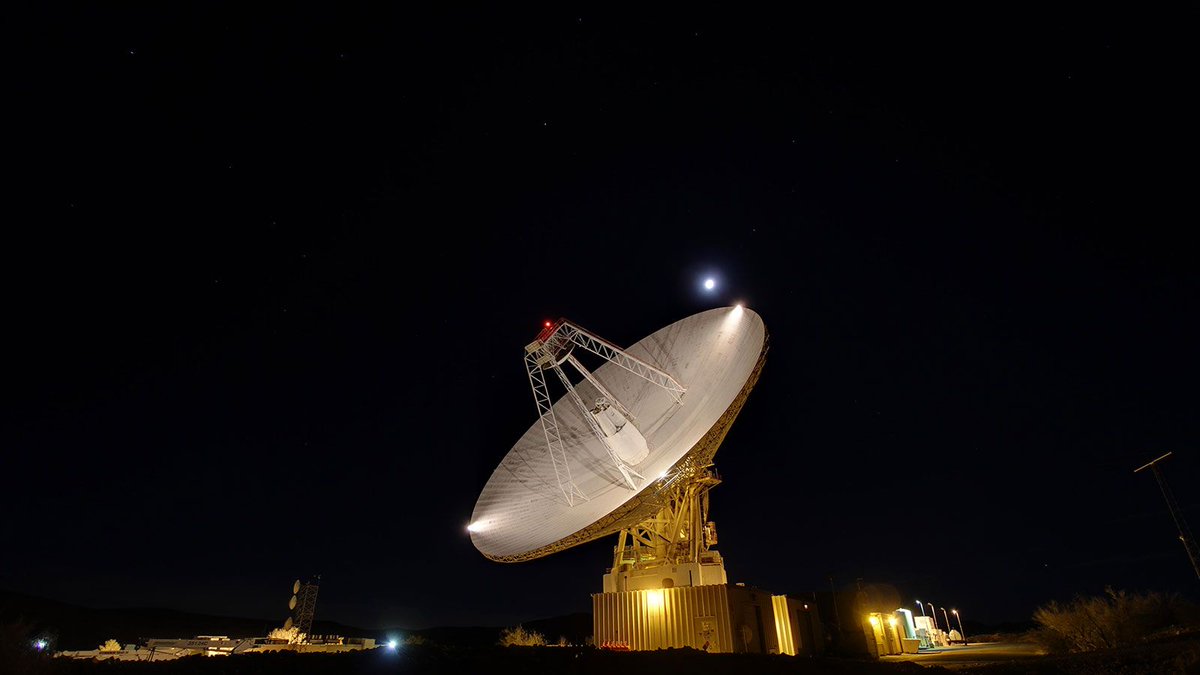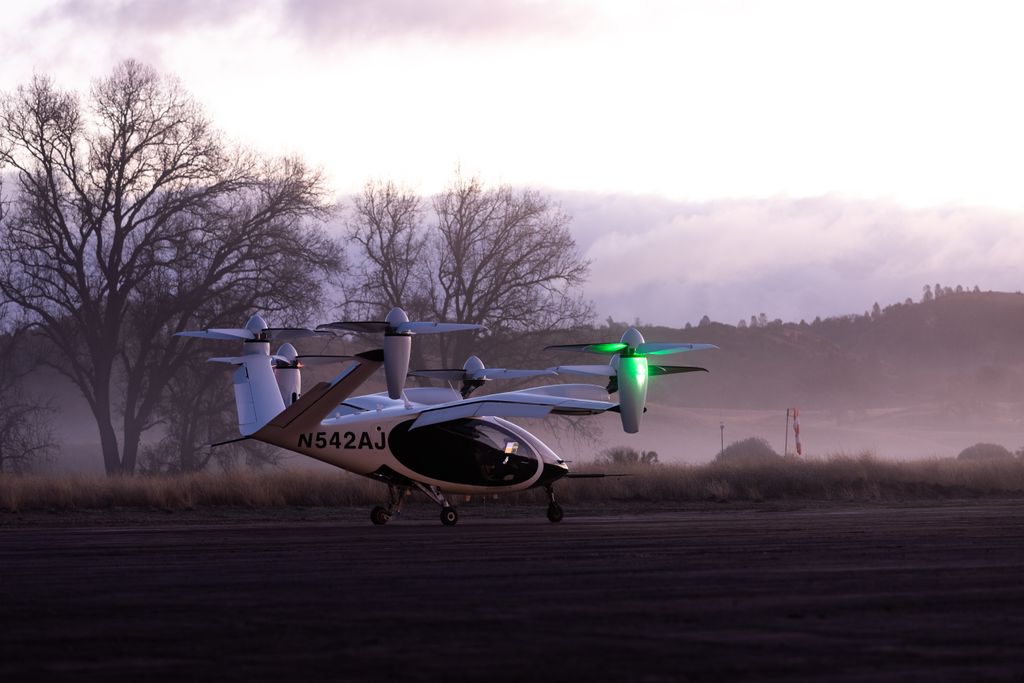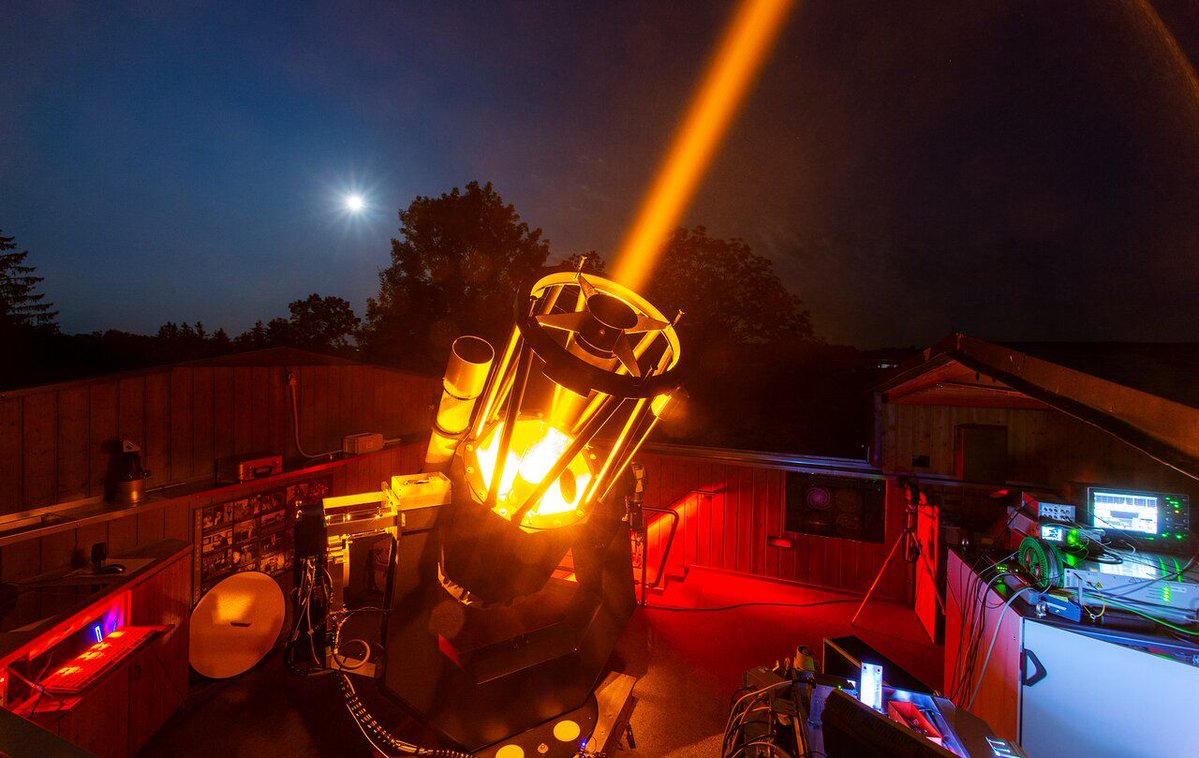Shock testing is commonly used throughout engineering to determine how a product will do when impacted by something. That something could be anything from the ground to a cruise missile. Like so much else in space exploration, engineers at NASA are performing the same type of test, just scaled up. Instead of simply dropping the object under test, as is common in most settings, they shoot it with a steel ball going 3000 ft/second.
Continue reading “NASA has a Ballistic air gun to Hurl Rocks at Space Suits to Test Their Micrometeorite Protection”A LEGO® Version of the Very Large Telescope. It Even has a Laser Interferometer
Interferometers are some of the most highly advanced sensor instruments that humans have made. They are used in everything from astronomy to quantum mechanics and have profoundly impacted our understanding of science. But not all interferometers have to be functional. A Dutch astronomer named Frans Snik has just designed one that, while it isn’t function, is inspiring all the same – and it happens to be made out of Lego.
Continue reading “A LEGO® Version of the Very Large Telescope. It Even has a Laser Interferometer”Astronaut Blood and Urine Could Help Build Structures on the Moon
Thinking outside the box has always been a strong suit of space exploration. Whether taking a picture of the Earth in a sunbeam or attempting to land a rocket on a floating ship, trying new things has been a continual theme for those interested in learning more about the universe. Now, a team from the University of Manchester has come up with an outside-the-box solution that could help solve the problem of building infrastructure in space – use astronauts themselves as bioreactors to create the building blocks of early colonies.
Continue reading “Astronaut Blood and Urine Could Help Build Structures on the Moon”Perseverance has Already Detected Over 300 Dust Devils and Vortices on Mars
Dust devils are generally used as a trope in media when the writers want to know that an area is deserted. They signify the desolation and isolation that those places represent. Almost none of the settings of those stories are close to the isolation of Perseverance, the Mars rover that landed on the planet earlier this year. Fittingly, the number of dust devils Perseverance has detected is also extremely high – over 300 in its first three months on the planet.
Continue reading “Perseverance has Already Detected Over 300 Dust Devils and Vortices on Mars”Astronauts Have Used Bacteria to Extract Useful Metals out of Rocks
History has viewed mining as a job that requires a lot of heavy machinery and physical labor. Pulling valuable material out of the ground has been necessary for human progress for thousands of years. That progress has led to an alternative method of getting those resources out of the Earth or other celestial bodies. The new technique relies on a symbiotic life partner that has co-habited with us for millennia – bacteria. A recent experiment conducted by ESA’s Biorock investigation team shows that this process – known as “biomining” – might be the most effective way to collect some materials in space.
Continue reading “Astronauts Have Used Bacteria to Extract Useful Metals out of Rocks”Astronomers Create 3D Printed Nebulae
Visualizations can inspire creative new ways of thinking about an object. But holding that visualization in your hand adds a whole other level of impact to it. That desire for impact has led Dr. Nia Imara, an astrophysicist and artist at UC Santa Cruz, to create the first-ever 3D printed models of stellar nurseries.
Continue reading “Astronomers Create 3D Printed Nebulae”Space Continues to be Hard. Firefly’s Alpha Rocket Detonates Shortly After Launch
Rocket science is hard. So far, no commercial rocket launch company has ever successfully gotten to orbit on the first try. The first flight of Firefly‘s Alpha rocket prototype did not break that streak last week when it exploded two and a half minutes after takeoff from Vandenberg Space Force Base.
Continue reading “Space Continues to be Hard. Firefly’s Alpha Rocket Detonates Shortly After Launch”NASA has too Many Spacecraft to Communicate With. Time to Build More Dishes
NASA is a sprawling organization that has to talk to everything from politicians in Washington DC to space probes that have left the solar system. Discussions with the first might be as simple as a written letter for informal conversation, while the second requires a high-power network of ground-based antennas. Known as the Deep Space Network (DSN) this series of antennas spread over three continents is the backbone of NASA’s communications with its various space probes. Now the DSN is in the process of implementing a well-deserved upgrade.
Continue reading “NASA has too Many Spacecraft to Communicate With. Time to Build More Dishes”NASA is Testing out a new air Taxi Prototype
NASA is commonly thought of as America’s space agency, but its name also emphasizes another research area. The National Aeronautics and Space Administration is also America’s civilian aerospace research organization. In that role, it has been instrumental in developing new technologies ranging from rocket engines to aircraft control systems. Part of that role is running the Advanced Air Mobility (AAM) campaign to test autonomous drone technology. The latest milestone in that campaign was testing an electric vertical takeoff and landing (eVTOL) helicopter intended for eventual use as an air taxi.
Continue reading “NASA is Testing out a new air Taxi Prototype”A Powerful new Laser Will Enhance Adaptive Optics
In some applications, bigger lasers mean better lasers. That is the case in astronomy, where lasers are used for everything from telescope calibration to satellite communication. The European Southern Observatory (ESO) and some of its commercial partners have developed a laser 3 times more powerful than the existing industry standard. With that increased power level, the new system has the potential to dramatically improve the way telescopes deal with one of the most fundamental problems in ground-based astronomy – atmospheric turbulence.
Continue reading “A Powerful new Laser Will Enhance Adaptive Optics”
